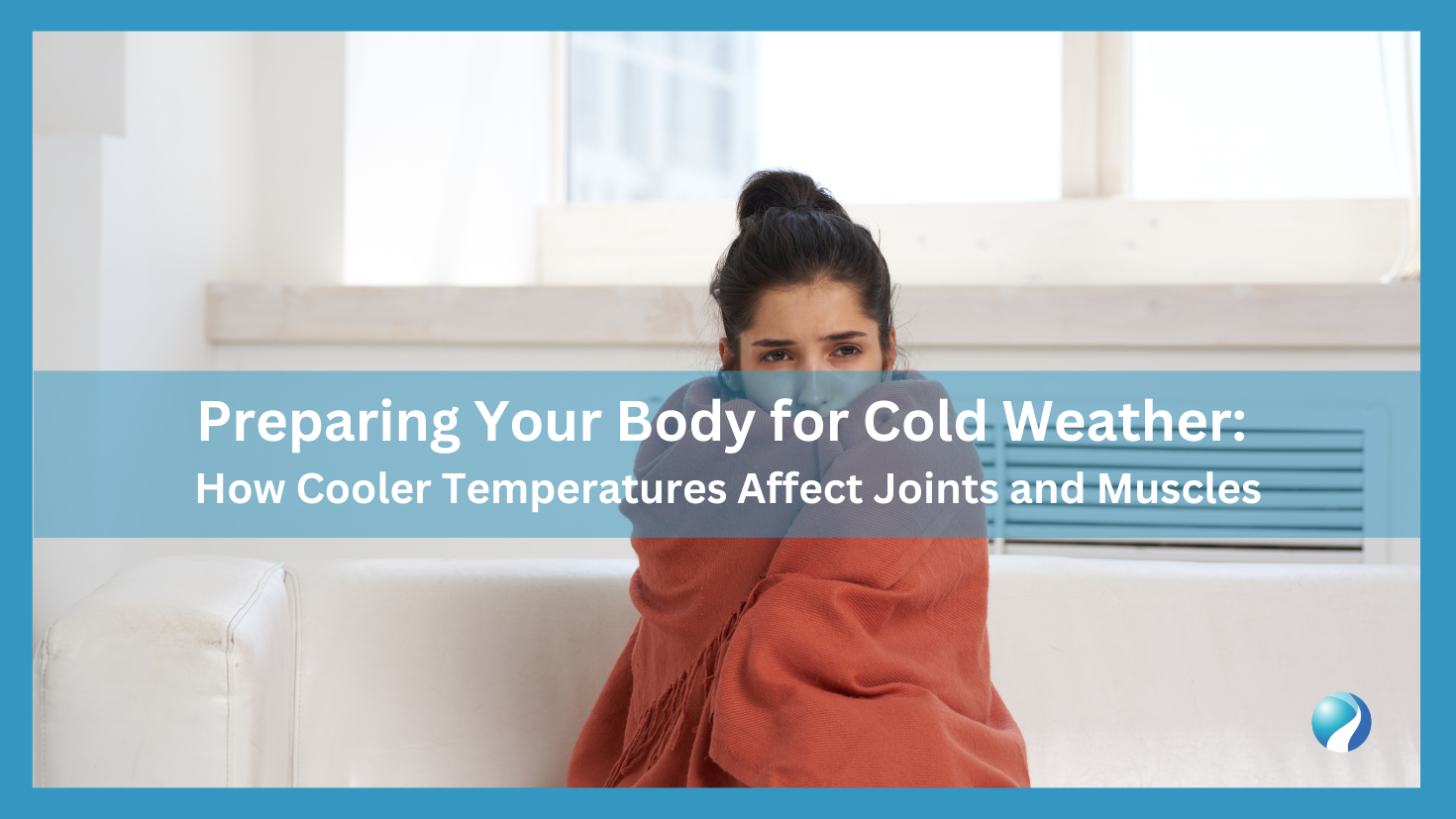References:
Arthritis Research Canada. (2023). Protect your joints this winter with the wonders of water therapy. Arthritis Research Canada. https://www.arthritisresearch.ca/protect-your-joints-this-winter-with-water-therapy/
https://arthritis.ca/living-well/2021/weather-and-arthritis
De Ruiter, C. J., & De Haan, A. (1994). Temperature effect on the force/velocity relationship of the fresh and fatigued human adductor pollicis muscle. Journal of Orthopaedic & Sports Physical Therapy, 20(2), 74–82. https://doi.org/10.2519/jospt.1994.20.2.74
Hirasawa, Y., Kimura, M., & Takahashi, T. (2024). Effects of cold, heat, and contrast therapy on muscle tone and soreness. Scientific Reports, 14(1), 12345. https://doi.org/10.1038/s41598-024-72412-0
Song, J., Baek, J., & Park, H. (2023). Associations between weather conditions and osteoarthritis pain: A systematic review and meta-analysis. Osteoarthritis and Cartilage, 31(6), 777–785. https://doi.org/10.1016/j.joca.2023.04.005
Weill Cornell Medicine. (2022, December 13). Leaving aches and pains out in the cold this winter. Weill Cornell Medicine Newsroom. https://weillcornell.org/news/leaving-aches-and-pains-out-in-the-cold-this-winter
Zhou, X., Wang, J., & Li, P. (2024). Heat therapy for different knee diseases: Expert opinion. Frontiers in Rehabilitation Sciences, 3, 1390416. https://doi.org/10.3389/fresc.2024.1390416
